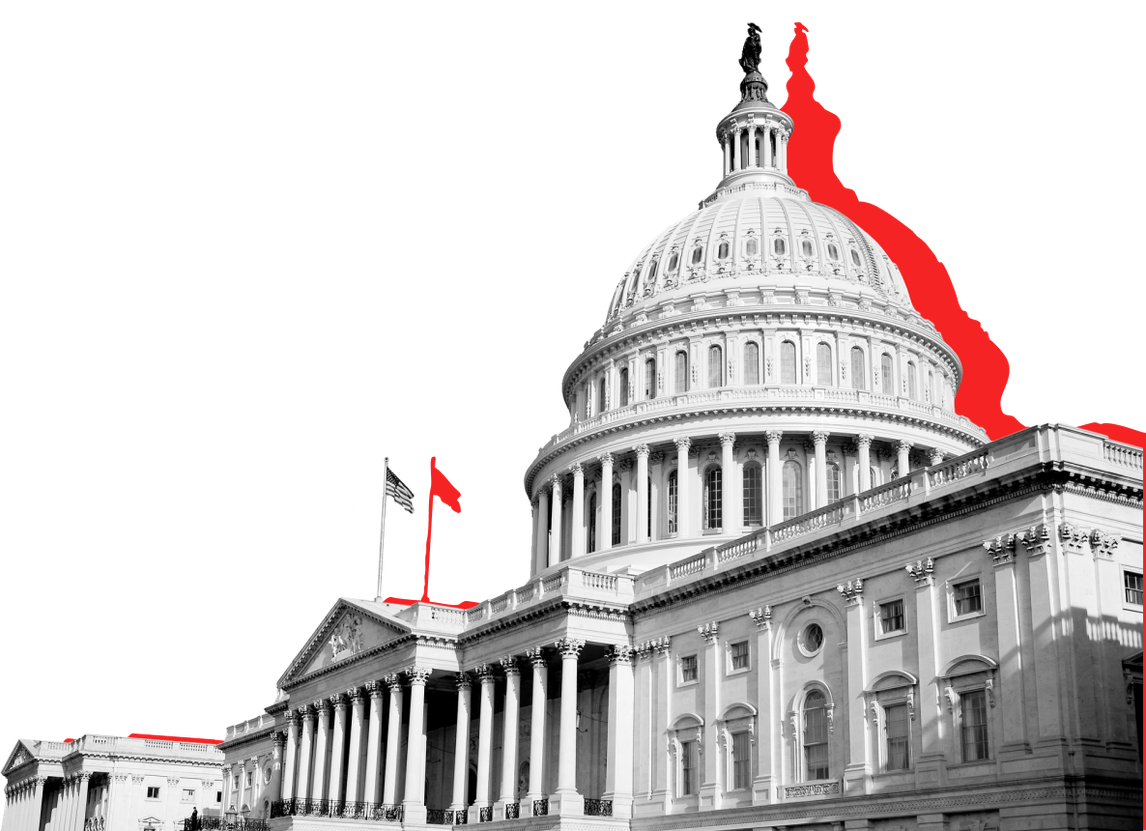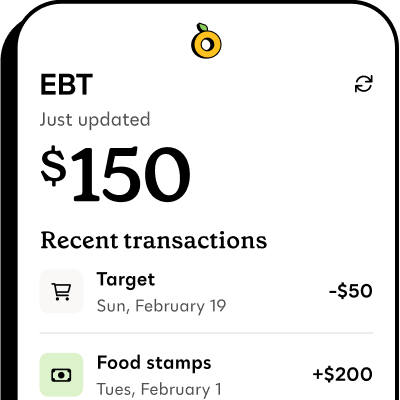
Yes, legislation passed in Congress on July 3, 2025 means cuts to SNAP, which, over time, could lead to many Americans losing access to SNAP or having their food stamp benefits reduced.
You may have heard this legislation called the "Big Beautiful Bill” or the reconciliation bill.
If you're one of the roughly 42 million Americans who receive monthly SNAP benefits (also called food stamps), you will likely face some changes to the program—which could include new requirements for SNAP eligibility, and people who don’t meet the updated requirements risk losing some or all of their monthly benefits.
But the changes don’t go into effect right away, some will not take effect for several years.
For now, keep using your SNAP benefits as usual. The Propel app can help you stay updated on any benefits news, including deposit amounts and schedules.

Propel is the #1-rated EBT balance checking app
How will the "Big Beautiful Bill" change SNAP?#how-will-the-big-beautiful-bill-change-snap
Stricter work requirements: The bill extends SNAP work requirements to more Americans than ever before. More people will need to work or volunteer at least 20 hours per week or participate in training programs to keep their benefits—and many people who were previously exempt from work requirements will now have to show they meet them or risk losing their SNAP benefits.
States pay more: Starting in fiscal year 2028, states may be required to pay a portion of food benefit costs for the first time in SNAP's history. Previously, states only paid administrative costs, not the actual food benefits. If the cost burdens shift more onto states, that could affect how benefits are administered in the future.
Limitations on future benefit increases: The bill restricts future updates to the Thrifty Food Plan, which determines how much money people get in SNAP benefits. This means SNAP benefits may increase by less over time.
Utility allowance cuts: About 600,000 low-income households may lose some of their monthly SNAP benefit amount because of changes in how utility expenses are calculated.
Changes to immigrant eligibility: The bill limits SNAP eligibility to U.S. citizens and lawful permanent residents. Previously, certain immigrant groups like refugees, people seeking asylum, survivors of domestic violence, and victims of trafficking who haven't become permanent residents were eligible for benefits.
What are the new work requirements for SNAP?#what-are-the-new-work-requirements-for-snap
The bill will dramatically expand the rules about who must meet work requirements to keep their SNAP benefits, which may mean that, once these rules go into effect, you’ll need to prove you meet the updated work requirements or lose your benefits.
Here's what’s changing with SNAP work requirements:
New age limits: Able-bodied adults ages 55 through 64 without dependent children and parents of children 14 and older must now work at least 20 hours per week or participate in training programs. Before, this only applied to people up to age 54. Roughly 900,000 adults in that 55 to 64 age group would be affected.
Parents with teenage children: Parents whose youngest dependent child is 14 or older must now meet work requirements—although kids will keep getting benefits even if their caretakers lose them.
Veterans and vulnerable groups: Veterans, people experiencing homelessness, and former foster youth must now meet work requirements. About 270,000 people in these groups would be affected.
Harder to get waivers: States can only waive work requirements in areas where unemployment is above 10 percent. This makes it much harder for states to help people who can't find work. About 1.1 million people live in high-unemployment areas that wouldn't qualify for waivers under the new rules.
If you don't meet these work requirements, you can only get SNAP benefits for three months in a three-year period.
Over 5 million people— roughly 1 in 8 SNAP recipients—including 800,000 children and more than half a million adults who are 65 or older or have disabilities, live in households that face the risk of losing some or all food assistance due to these work requirement expansions.
How big are the SNAP cuts?#how-big-are-the-snap-cuts
The bill cuts federal funding for SNAP by $186 billion through 2034, according to the Congressional Budget Office. This is the largest cut to food assistance in history.
The cuts could be even bigger if states decide to reduce or change their SNAP programs rather than pay the new costs.
But how much your monthly benefit amount will be affected will vary depending on your situation, and in the immediate future, your benefits will continue to arrive as usual.
Work requirement impacts: If someone in your household loses SNAP due to work requirements, your family's benefit could change significantly. For instance, a single mother with one child who loses benefits for herself would see their food assistance drop from a maximum of $536 monthly to $292 monthly.
Utility allowance cuts: About 600,000 households would lose some of their monthly food benefit amount because of changes in utility expense calculations. Essentially, more households will have to submit their actual utility bills instead of relying on a standard estimate of utility costs, which means their deposit amounts may go down.
Reduction of future increases: New rules limit how much SNAP benefits amounts can be increased, even when food costs rise.
When will these changes to SNAP happen?#when-will-these-changes-to-snap-happen
If you currently receive SNAP benefits, they are unlikely to change immediately. Expect your deposits to continue as usual for now. The bill passed in July, but changes to SNAP will happen at different times.
New work requirements and utility allowance cuts could go into effect right away, but states will need time to update their systems. Other changes will be phased in over the next few years.
Is Medicaid also getting cut because of the "Big Beautiful Bill"?#is-medicaid-also-getting-cut-because-of-the-big-beautiful-bill
Yes, the bill cuts health care programs, particularly Medicaid, which could affect your access to health care.
There are also new work requirements for Medicaid, which, just like with SNAP work requirements, could mean a harder time qualifying for or keeping your Medicaid benefits.
According to the Congressional Budget Office, an additional 11.8 million people could be uninsured by 2034 because of this legislation.









